Panama
Welcome to Panama
Nestled at the crossroads of Central and Southeast Europe, Serbia is a vibrant blend of history, culture, and natural beauty. Whether you’re drawn by the buzz of its cities, the tranquility of its countryside, or the warmth of its people, Serbia in 2025 offers an experience that is both authentic and unforgettable.
Panama is a narrow isthmus connecting North and South America, bordered by the Caribbean Sea to the north and the Pacific Ocean to the south. Its strategic location has shaped its history and economy, most notably through the Panama Canal, which links the Atlantic and Pacific Oceans and plays a vital role in global maritime trade. Beyond the canal, Panama boasts diverse landscapes-from tropical rainforests and cloud-covered highlands to idyllic Caribbean and Pacific coastlines.
The country’s cultural tapestry is woven from indigenous, African, and Spanish influences, reflected in its music, cuisine, and festivals. Panama City, the capital, is a dynamic metropolis where colonial architecture in the historic Casco Viejo neighborhood coexists with gleaming skyscrapers and bustling markets. Nature lovers will find paradise in places like the San Blas Islands, Bocas del Toro archipelago, and the mountainous region of Boquete, each offering unique experiences from snorkeling and surfing to hiking and birdwatching.
Why Visit Panama in 2025?
1.
Experience a Unique Blend of History and Modernity: Panama City showcases a striking contrast between its colonial past and contemporary growth. Visitors can explore UNESCO World Heritage sites, marvel at the Panama Canal, and enjoy a vibrant culinary scene that has earned the city a UNESCO Creative City designation for gastronomy.
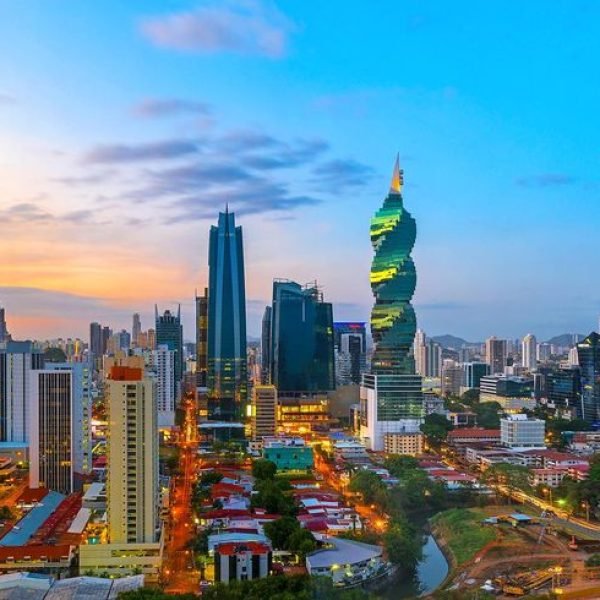
2.
Discover Diverse Natural Wonders: Whether it’s the tropical rainforests teeming with exotic wildlife, the idyllic beaches along the Caribbean and Pacific coasts, or the cool mountain air of the highlands, Panama offers a wealth of outdoor adventures. From whale watching in the Golfo de Chiriquí to exploring indigenous communities in the Darien Gap, there’s something to inspire every traveler.

Planning Your Trip
Visa Information
Most travelers from the United States, Canada, the European Union, and many other countries do not require a visa for short stays (typically up to 90 days) in Panama. However, it is essential to check the latest entry requirements before travel, as regulations can change. Visitors must have a valid passport and may be asked to show proof of onward travel and sufficient funds for their stay.
Best Time to Visit
Panama has a tropical climate with two main seasons:
- Dry Season (December to April): This is the most popular time to visit, offering sunny days and minimal rainfall, ideal for beach trips, hiking, and exploring cities.
- Rainy Season (May to November): Characterized by afternoon showers and lush green landscapes, this season is perfect for budget travelers seeking fewer crowds and lower prices. Some outdoor activities may be affected by rain, but the natural scenery is at its most vibrant.
Getting To and Around
Getting to Panama
The primary international gateway is Tocumen International Airport in Panama City, which offers extensive connections to North America, Europe, and other parts of Latin America. With over 1,300 weekly flights from more than 80 cities worldwide, reaching Panama is convenient and straightforward.
Getting Around
Panama’s transportation options include:
- Domestic Flights: Efficient for reaching remote destinations like Bocas del Toro and the San Blas Islands quickly.
- Buses: An affordable way to travel between cities and towns, with extensive routes across the country.
- Taxis and Ride-Sharing: Widely available in urban areas, offering flexible local travel.
- Car Rentals: Ideal for exploring at your own pace, especially in regions like Boquete and the highlands.
- Ferries and Boats: Essential for accessing islands and coastal communities.
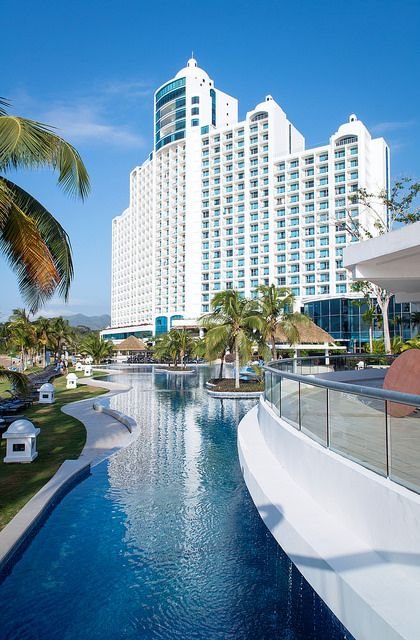
Accommodation
Panama City, the bustling capital, is home to many of the country’s top hotels and accommodations, ranging from luxury high-rises to charming boutique hotels in historic districts.
Panama City and Urban Stays
- Luxury Hotels: For travelers seeking upscale comfort, options like the Hotel Riu Plaza Panama and The Westin Playa Bonita offer modern amenities, spacious rooms, stunning city or beachfront views, and diverse dining options. These hotels often feature pools, fitness centers, and all-inclusive packages, making them ideal for both business and leisure travelers.
- Boutique and Historic Hotels: In the UNESCO-listed Casco Viejo neighborhood, visitors can stay in beautifully restored colonial buildings with a blend of old-world charm and modern convenience. Hotels such as La Isabela Suites provide spacious rooms with kitchenettes and balconies overlooking lively plazas filled with cafes and restaurants.
- Mid-Range and Budget Options: Selina hostels, popular in Panama City and other parts of the country, offer a hip, social atmosphere with private rooms and shared dorms, perfect for younger travelers or those on a budget. Hotel Casa Panama in Casco Viejo is a mid-range choice offering private bathrooms, air conditioning, and a pool.
Nature and Eco-Lodges
For those wanting to immerse themselves in Panama’s natural beauty, eco-lodges and unique stays abound:
- Selina Kalu Yala: Located in the heart of the rainforest, this eco-friendly lodge focuses on sustainability and community engagement, offering a unique jungle experience with modern comforts.
- El Otro Lado: A boutique hotel in Portobelo featuring stylish villas with private pools and rainforest or Caribbean sea views.
- Finca Lerida Coffee Plantation & Boutique Hotel: Nestled in Boquete’s cloud forests, this hotel offers stunning views of coffee plantations and a peaceful retreat for nature lovers.
- Casa Cayuco: An off-the-beaten-path eco-lodge in Bocas del Toro with overwater bungalows and rainforest cabins, providing breathtaking views and a tranquil atmosphere.
- Canopy Tower: A converted radar tower in Soberanía National Park, offering panoramic views of the rainforest canopy and excellent wildlife watching opportunities.
Beach Resorts and Island Stays
Panama’s Caribbean and Pacific coastlines are dotted with beautiful beach resorts:
- The Westin Playa Bonita: A beachfront resort near Panama City, featuring multiple pools, diverse dining options, and all-inclusive packages.
- Nayara Bocas Del Toro: A luxurious all-inclusive resort with Balinese-style villas, treehouses, private pools, and ocean access, known for exceptional service and gourmet dining.
Practical Tips for Accommodation
- Book early, especially during the dry season (December to April), as popular hotels and eco-lodges fill up quickly.
- Consider location carefully: Casco Viejo is ideal for history and nightlife, while areas like Boquete and Bocas del Toro are perfect for nature and relaxation.
- For a unique experience, try eco-lodges or boutique hotels that emphasize sustainability and local culture.
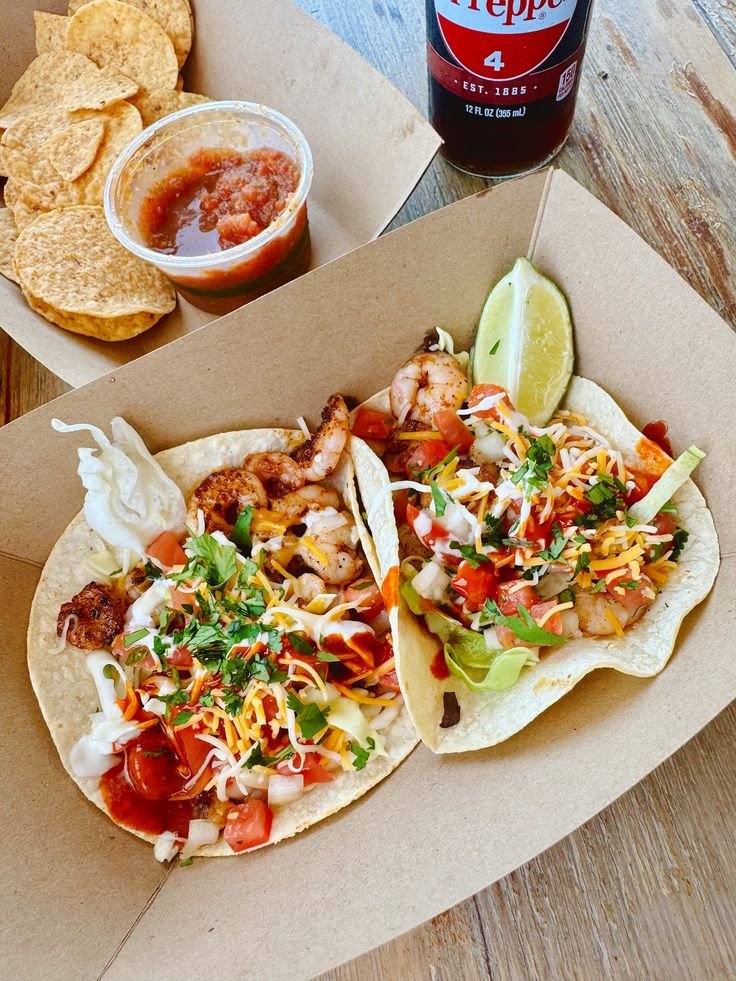
Food and Drink
Panama’s culinary scene is a vibrant reflection of its multicultural heritage, with flavors influenced by indigenous traditions, Spanish colonization, Afro-Caribbean culture, and immigrant communities from Asia and Europe.
Traditional Panamanian Cuisine
- Sancocho: A hearty chicken stew with vegetables and herbs, considered Panama’s national dish. It’s comforting and flavorful, often enjoyed during family gatherings.
- Ceviche: Fresh seafood marinated in citrus juices, mixed with onions, peppers, and cilantro. Both Pacific and Caribbean coasts offer excellent ceviche variations.
- Tamales: Corn dough filled with meats or vegetables, wrapped in banana leaves and steamed, a staple during holidays and festivals.
- Ropa Vieja: Shredded beef cooked in a tomato-based sauce with peppers and onions, served with rice and beans.
- Carimañolas and Empanadas: Fried dough snacks filled with meat, cheese, or seafood, perfect for a quick bite.
Street Food and Markets
Panama’s street food scene is lively and accessible:
- Caribbean influences bring dishes like patties and fried fish, especially in coastal areas.
- Local markets such as Mercado de Mariscos in Panama City offer fresh seafood, tropical fruits, and traditional snacks.
- Street vendors sell grilled meats, fresh juices, and tropical fruits like mango, pineapple, and papaya.
Dining Experiences
- Casco Viejo: This historic district is a culinary hotspot with a range of restaurants from casual eateries to fine dining. You can enjoy Panamanian classics alongside international cuisine, including innovative fusion dishes.
- Seafood: Given Panama’s location between two oceans, seafood is abundant and fresh. Try dishes featuring lobster, snapper, octopus, and shrimp prepared in various styles.
- Coffee and Chocolate: Panama produces some of the world’s finest coffee, especially in the Boquete region. Many cafes offer tastings and tours. Locally made chocolates and sweets are also popular.
Drinks
- Panama’s Craft Beer: The craft beer scene is growing, with local breweries producing a variety of styles, from light lagers to IPAs.
- Rum: Panama is famous for its high-quality rum, which is often enjoyed neat or in cocktails.
- Fresh Juices and Tropical Drinks: Freshly squeezed juices from passion fruit, guava, and tamarind are widely available. Popular cocktails include the “Chicha” (a fermented corn drink) and tropical mixed drinks featuring local fruits.
Tips for Food and Drink
- Try local dishes at family-run sodas (small eateries) for authentic flavors and affordable prices.
- Be adventurous with street food but choose vendors with good hygiene practices.
- Don’t miss the chance to sample fresh seafood on both coasts.
- Explore Panama’s coffee culture by visiting plantations or specialty cafes, especially in highland areas.
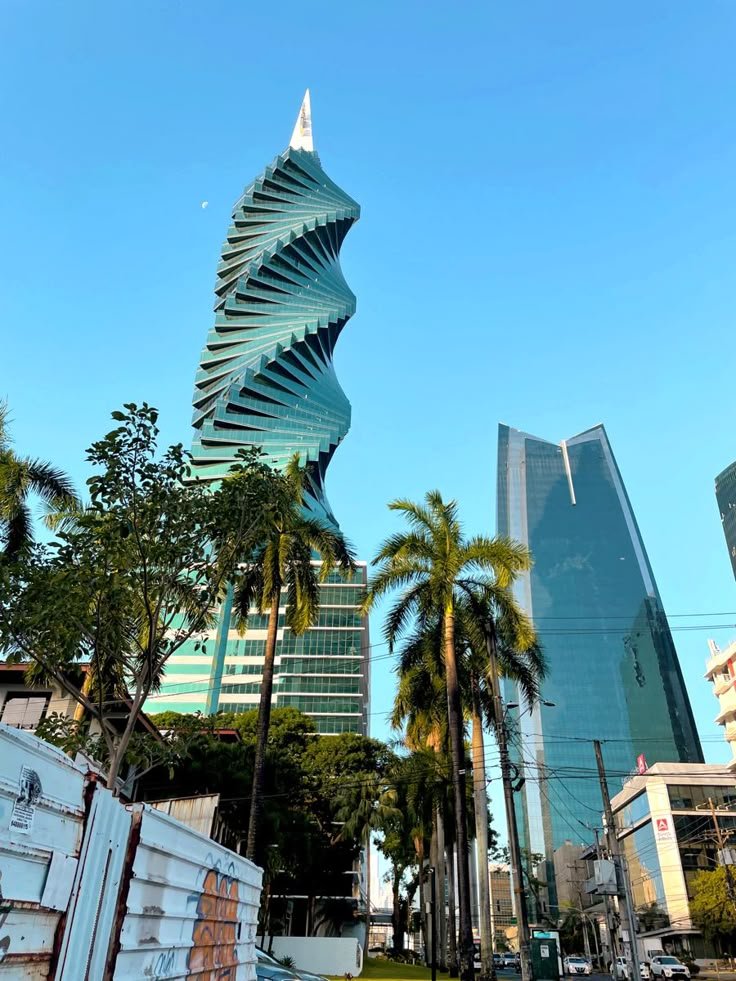
Must-See Attractions
Panama Canal and Miraflores Visitor Center
The Panama Canal is undoubtedly the country’s most iconic landmark and a must-see for any visitor. This engineering marvel, opened in 1914, connects the Atlantic and Pacific Oceans and is vital to global maritime trade. At the Miraflores Visitor Center, you can watch massive ships navigate the locks, learn about the canal’s fascinating history through interactive exhibits, and watch a 3D documentary that brings the canal’s story to life. The experience is both educational and awe-inspiring, offering insight into one of the world’s greatest feats of engineering.
Casco Viejo (Casco Antiguo)
Panama City’s historic district, Casco Viejo, is a UNESCO World Heritage site that blends colonial architecture with modern vibrancy. Wander through its narrow cobblestone streets lined with colorful buildings, plazas, and churches. This neighborhood is alive with cultural sites, boutique shops, trendy cafes, and rooftop bars offering panoramic views of the city skyline and the ocean. Casco Viejo is perfect for a walking tour to soak in the history and atmosphere, especially at sunset when the streets come alive with music and dining.
Amador Causeway
Stretching nearly three kilometers into the Pacific Ocean at the southern entrance of the Panama Canal, the Amador Causeway is a scenic spot popular with locals and tourists alike. It offers stunning views of the Panama City skyline and the canal entrance. The causeway is lined with restaurants, bike rentals, and walking paths, making it ideal for a leisurely day out. You can also visit the Smithsonian’s Punta Culebra Nature Center here, which showcases marine life and local ecosystems.
Monkey Island and Soberanía National Park
For nature lovers, Monkey Island is a fascinating wildlife destination accessible by boat from Panama City. The island is home to several species of monkeys and other tropical animals living in their natural habitat. Nearby, Soberanía National Park offers extensive hiking trails through lush rainforest, where birdwatchers can spot hundreds of species, including the elusive harpy eagle. These natural escapes provide a refreshing contrast to the urban environment and a chance to experience Panama’s biodiversity.
Boquete and Volcán Barú
Located in the cooler highlands, Boquete is a charming mountain town known for its coffee plantations, adventure activities, and stunning scenery. Hiking up Volcán Barú, Panama’s highest peak at 3,474 meters, is a popular challenge; on a clear day, you can see both the Pacific Ocean and the Caribbean Sea from the summit. Boquete also offers opportunities for zip-lining, waterfall hikes, and birdwatching, making it a haven for outdoor enthusiasts.
Bocas del Toro Archipelago
This Caribbean paradise is famous for its turquoise waters, coral reefs, and vibrant island culture. Bocas del Toro is perfect for snorkeling, diving, surfing, and relaxing on white sandy beaches. The archipelago’s laid-back vibe, colorful wooden houses, and lively nightlife attract travelers looking for both adventure and relaxation. Isla Bastimentos and Red Frog Beach are among the top spots to explore.
San Blas Islands (Comarca Guna Yala)
For an off-the-grid experience, the San Blas Islands offer pristine white-sand beaches, crystal-clear waters, and a glimpse into the Guna indigenous culture that governs the archipelago. Visitors can snorkel among coral reefs, kayak between islands, and enjoy fresh seafood prepared by local communities. The islands are ideal for travelers seeking tranquility and natural beauty far from the bustle of the city.
El Valle de Antón
Set inside a volcanic crater, El Valle de Antón is a picturesque mountain town known for its cool climate, waterfalls, and hiking trails. Visitors can explore the local market, visit orchid gardens, and hike to the famous India Dormida (Sleeping Indian) mountain. The area is also home to hot springs and a butterfly sanctuary, making it a perfect day trip or weekend getaway from Panama City.
Other Notable Attractions
- Panama Viejo: The ruins of the original Panama City, founded in 1519 and destroyed by pirates in 1671, offer a fascinating glimpse into the country’s colonial past.
- Coiba National Park: A UNESCO World Heritage site, this marine park is a top destination for diving and snorkeling, home to diverse marine life including whale sharks and manta rays.
- Pearl Islands: Known for their beautiful beaches and excellent fishing, these islands offer a quieter alternative to the more touristy spots.
- Portobelo: A historic Caribbean port town with colonial forts and vibrant Afro-Caribbean culture, famous for its lively festivals.
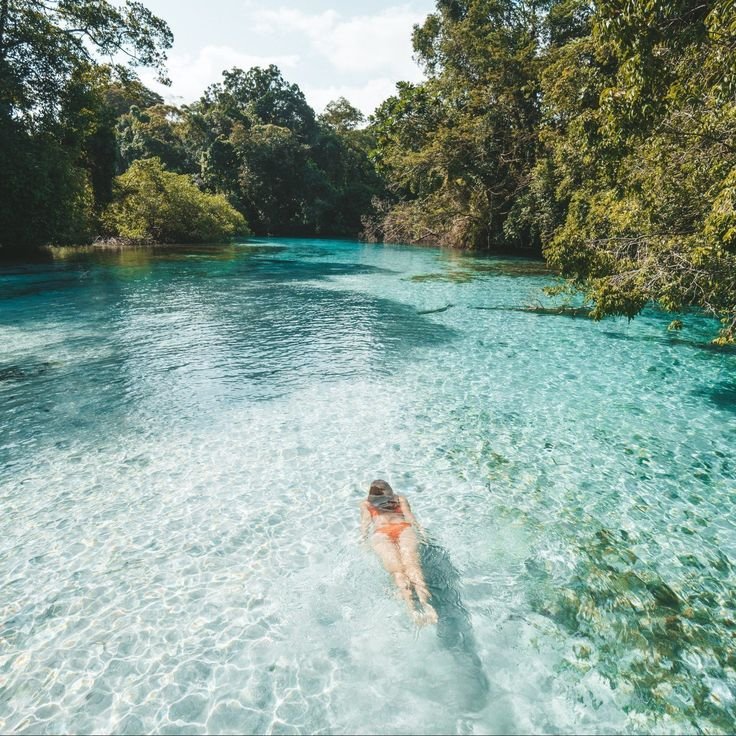
Must-Do Activities
Explore the Panama Canal by Boat or from Observation Points
Beyond visiting the Miraflores Visitor Center, taking a boat tour through the canal’s locks or along the canal itself offers a unique perspective on this engineering wonder. Some tours include visits to Gatun Lake and the surrounding rainforest, providing a mix of history, nature, and impressive infrastructure.
Walking and Food Tours in Casco Viejo
Join a guided walking tour of Casco Viejo to learn about Panama’s history, architecture, and culture. Many tours include stops at local eateries where you can sample traditional Panamanian dishes like ceviche, sancocho, and fresh seafood. Food tours are a great way to experience the city’s culinary diversity and vibrant street life.
Hiking and Birdwatching in National Parks
Panama’s national parks and reserves offer excellent hiking opportunities. Trails like the Sendero de los Quetzales between Boquete and Cerro Punta are famous for spotting the resplendent quetzal bird. Soberanía National Park near Panama City is another hotspot for birdwatchers and nature lovers.
Surfing and Water Sports
Panama’s Pacific coast is renowned for its surf-friendly beaches such as Santa Catalina and Playa Venao. These spots attract surfers of all levels and also offer fishing, kayaking, and paddleboarding. On the Caribbean side, Bocas del Toro provides excellent snorkeling and diving opportunities.
Island Hopping and Beach Relaxation
Take advantage of Panama’s many islands for day trips or extended stays. The San Blas Islands and Pearl Islands are perfect for swimming, snorkeling, and simply relaxing on pristine beaches. Many islands offer rustic accommodations or eco-lodges for a peaceful retreat.
Coffee Plantation Tours in Boquete
Learn about Panama’s world-famous coffee by visiting plantations around Boquete. Tours typically include a walk through coffee farms, explanations of the harvesting and roasting process, and tastings of some of the finest coffee beans in the world.
Cultural Experiences with Indigenous Communities
Engage with Panama’s indigenous groups such as the Guna in San Blas or the Emberá in the rainforest. Visitors can learn about traditional crafts, music, and lifestyles, gaining insight into Panama’s rich cultural diversity.
Adventure Activities
For thrill-seekers, Panama offers zip-lining through cloud forests, white-water rafting on rivers like the Chiriquí Viejo, and canopy tours. Volcano Baru’s challenging hike is also a rewarding adventure for experienced hikers.
Shopping for Local Handicrafts
Don’t miss the chance to shop for molas-colorful, hand-stitched textiles made by the Guna women-as well as other artisan crafts like pottery, woodwork, and jewelry. Markets in Panama City and indigenous communities provide authentic souvenirs.
Explore the Panama Canal by Boat or from Observation Points
Beyond visiting the Miraflores Visitor Center, taking a boat tour through the canal’s locks or along the canal itself offers a unique perspective on this engineering wonder. Some tours include visits to Gatun Lake and the surrounding rainforest, providing a mix of history, nature, and impressive infrastructure.
Walking and Food Tours in Casco Viejo
Join a guided walking tour of Casco Viejo to learn about Panama’s history, architecture, and culture. Many tours include stops at local eateries where you can sample traditional Panamanian dishes like ceviche, sancocho, and fresh seafood. Food tours are a great way to experience the city’s culinary diversity and vibrant street life.
Hiking and Birdwatching in National Parks
Panama’s national parks and reserves offer excellent hiking opportunities. Trails like the Sendero de los Quetzales between Boquete and Cerro Punta are famous for spotting the resplendent quetzal bird. Soberanía National Park near Panama City is another hotspot for birdwatchers and nature lovers.
Surfing and Water Sports
Panama’s Pacific coast is renowned for its surf-friendly beaches such as Santa Catalina and Playa Venao. These spots attract surfers of all levels and also offer fishing, kayaking, and paddleboarding. On the Caribbean side, Bocas del Toro provides excellent snorkeling and diving opportunities.
Island Hopping and Beach Relaxation
Take advantage of Panama’s many islands for day trips or extended stays. The San Blas Islands and Pearl Islands are perfect for swimming, snorkeling, and simply relaxing on pristine beaches. Many islands offer rustic accommodations or eco-lodges for a peaceful retreat.
Coffee Plantation Tours in Boquete
Learn about Panama’s world-famous coffee by visiting plantations around Boquete. Tours typically include a walk through coffee farms, explanations of the harvesting and roasting process, and tastings of some of the finest coffee beans in the world.
Cultural Experiences with Indigenous Communities
Engage with Panama’s indigenous groups such as the Guna in San Blas or the Emberá in the rainforest. Visitors can learn about traditional crafts, music, and lifestyles, gaining insight into Panama’s rich cultural diversity.
Adventure Activities
For thrill-seekers, Panama offers zip-lining through cloud forests, white-water rafting on rivers like the Chiriquí Viejo, and canopy tours. Volcano Baru’s challenging hike is also a rewarding adventure for experienced hikers.
Shopping for Local Handicrafts
Don’t miss the chance to shop for molas-colorful, hand-stitched textiles made by the Guna women-as well as other artisan crafts like pottery, woodwork, and jewelry. Markets in Panama City and indigenous communities provide authentic souvenirs.
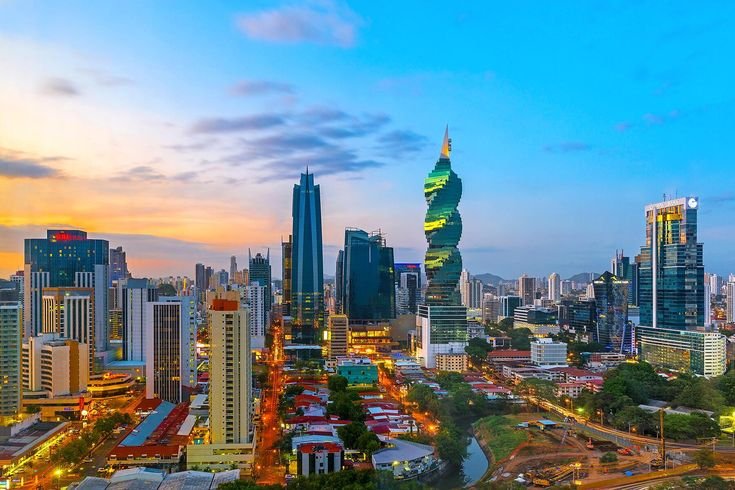
Travel Tips
Traveling to Panama in 2025 offers an exciting opportunity to explore a vibrant country rich in culture, history, and natural beauty. To make the most of your trip, it’s essential to be well-prepared with practical travel tips focusing on safety, local customs, and language basics. This guide provides a comprehensive overview to help you navigate Panama confidently and respectfully.
Safety Advice
General Safety Overview
Panama is generally considered one of the safer countries in Central America, especially in popular tourist areas. However, like many destinations, it has pockets where crime rates are higher, so exercising caution is important. Petty crimes such as pickpocketing and bag snatching are the most common issues tourists face, particularly in crowded places like markets, bus stations, and shopping areas.
Crime Prevention
- Stay Vigilant with Your Belongings: Always keep your valuables secure and avoid flaunting expensive items like jewelry, cameras, or large amounts of cash. Use a money belt or hidden pouch to carry essentials such as your passport, cash, and cards.
- Avoid Carrying Large Sums of Cash: Carry only what you need for the day to reduce the risk of theft.
- Be Wary of ATMs: Use ATMs located inside banks or shopping centers during daylight hours. Avoid withdrawing money at night or from standalone machines, as there have been reports of attacks near ATMs.
- Use Registered Transportation: Only use official taxis or reputable ride-sharing services like Uber, which operates safely in Panama City. Always agree on the fare before getting into a taxi, as meters are often not used.
- Avoid Risky Neighborhoods: Some areas in Panama City, such as El Chorrillo, San Miguelito, and Pedregal, have higher crime rates and are best avoided, especially after dark.
- Stay Alert in Crowded Areas: Pickpockets tend to operate in busy places like Avenida Central, Albrook Mall, and popular tourist spots.
Political Protests and Civil Unrest
Panama has experienced occasional demonstrations and protests, sometimes occurring with little notice. While most are peaceful, they can disrupt transportation and pose safety risks.
- Avoid Protests: Stay clear of any demonstrations or large gatherings to avoid potential confrontations or disruptions.
- Monitor Local News: Keep an eye on local media and government advisories for updates on political situations during your stay.
Health and Medical Safety
- Vaccinations and Health Precautions: While some vaccines are recommended before traveling to Panama, many illnesses can be prevented by practicing good hygiene and mosquito bite prevention.
- Mosquito Protection: Dengue fever, malaria, and other mosquito-borne diseases are present. Use insect repellent, wear long sleeves and pants, and sleep under mosquito nets when necessary, especially at dawn and dusk.
- Medical Facilities: Panama City has good hospitals and clinics, but medical services may be limited outside the capital. Carry a well-stocked medical kit and ensure you have comprehensive travel insurance.
Road Safety
- Driving Conditions: Roads in Panama vary in quality, and driving standards can be unpredictable. If you plan to drive, obtain an International Driving Permit and ensure your insurance covers you internationally.
- Use Seatbelts: Always wear seatbelts and avoid driving at night when visibility is poor.
- Public Transport: Buses and taxis are common, but avoid overcrowded or poorly maintained vehicles. Prefer official or licensed transport options.
Local Customs
Respect for Culture and Traditions
Panama’s culture is a vibrant mix of indigenous, Spanish, African, and immigrant influences. Respecting local customs will enrich your experience and foster positive interactions.
- Dress Modestly: While Panama is generally casual, modest dress is appreciated, especially when visiting churches, indigenous communities, or rural areas. Avoid walking around topless outside beach areas; this is strictly enforced.
- Greetings: A polite handshake or a light cheek kiss (usually one on the right cheek) is common when meeting someone. Use formal titles and surnames unless invited to use first names.
- Punctuality: Panamanians tend to have a relaxed approach to time, but being punctual is appreciated in business and formal settings.
- Photography: Always ask permission before photographing people, especially in indigenous communities.
Social Etiquette
- Tipping: Tipping is customary in restaurants (around 10%), taxis, and for guides. Some establishments include a service charge, so check your bill.
- Language Courtesy: Attempting to speak Spanish, even basic phrases, is greatly appreciated and shows respect.
- Public Behavior: Loud or disruptive behavior in public places is frowned upon. Panamanians value politeness and friendliness.
Language Basics
Spanish is the official language of Panama, and while English is spoken in tourist areas and by many younger Panamanians, knowing some Spanish phrases will greatly enhance your travel experience.
Essential Spanish Phrases
- Greetings and Politeness:
- Hello: Hola
- Good morning: Buenos días
- Good afternoon: Buenas tardes
- Please: Por favor
- Thank you: Gracias
- Excuse me / Sorry: Perdón or Disculpe
- Getting Around:
- Where is…?: ¿Dónde está…?
- How much does it cost?: ¿Cuánto cuesta?
- I don’t understand: No entiendo
- Do you speak English?: ¿Habla inglés?
- Emergencies:
- Help!: ¡Ayuda!
- I need a doctor: Necesito un médico
- Call the police: Llame a la policía
Communication Tips
- Speak Slowly and Clearly: Many locals appreciate when visitors make an effort, even if their Spanish is limited.
- Use Translation Apps: Having a translation app or phrasebook can be very helpful, especially in rural areas.
- Learn Basic Numbers: Useful for shopping, transportation, and dining.
Final Tips for a Smooth Journey
Traveling safely and respectfully in Panama involves a mix of common-sense precautions, cultural sensitivity, and a willingness to engage with the local language and customs. By staying alert to your surroundings, avoiding risky areas, respecting local traditions, and learning basic Spanish phrases, you will not only protect yourself but also enjoy a richer, more immersive travel experience. Panama’s warm people and diverse landscapes await, ready to offer you unforgettable memories in 2025.

